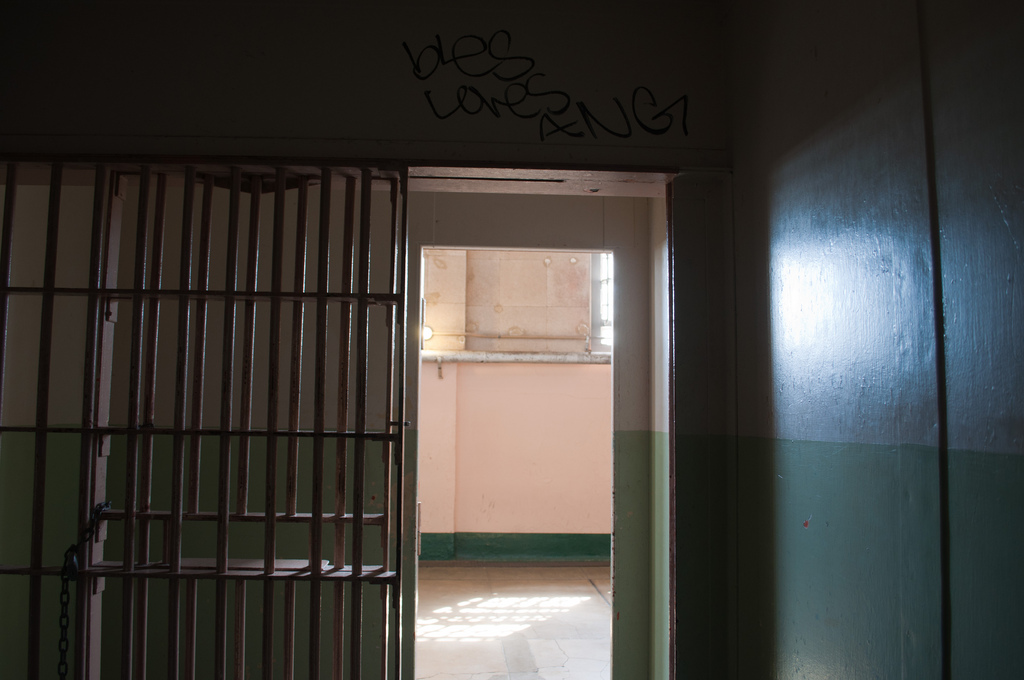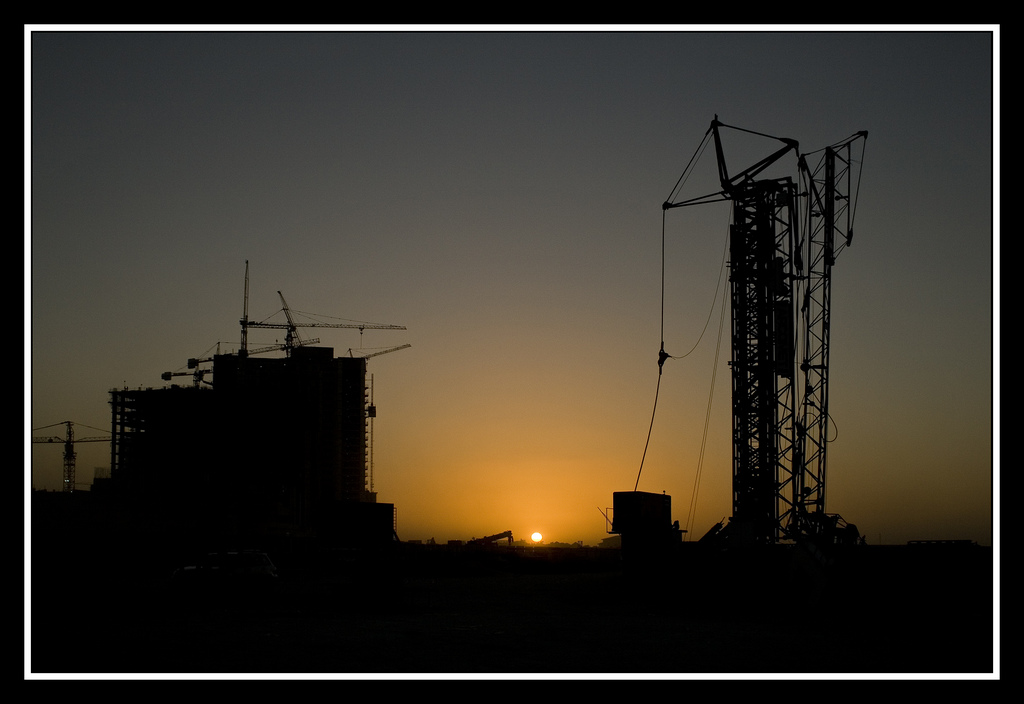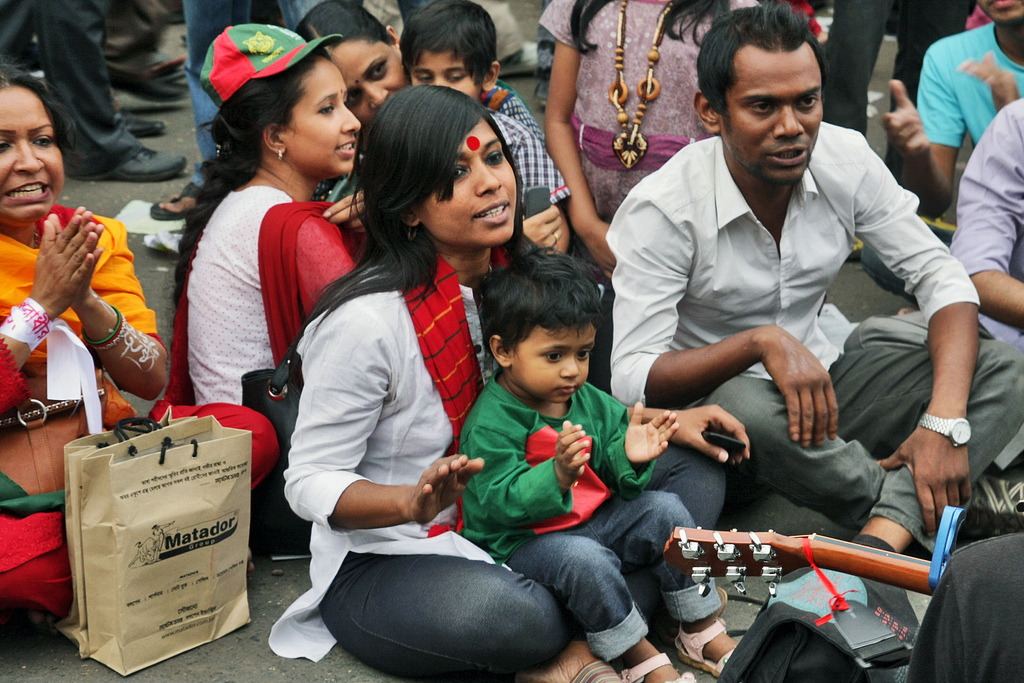
Remember how that bridge collapsed in Washington State back in May, dumping drivers into the Skagit River, and severing Interstate 5? How many bridges in the United States would you guess are at serious risk of a similar collapse? 7,795, according to a review by the Associated Press, including the Brooklyn Bridge:
An Associated Press analysis of 607,380 bridges in the most recent federal National Bridge Inventory showed that 65,605 were classified as ‘‘structurally deficient’’ and 20,808 as ‘‘fracture critical.’’ Of those, 7,795 were both — a combination of red flags that experts say indicate significant disrepair and similar risk of collapse.
A bridge is deemed fracture critical when it doesn’t have redundant protections and is at risk of collapse if a single, vital component fails. A bridge is structurally deficient when it is in need of rehabilitation or replacement because at least one major component of the span has advanced deterioration or other problems that lead inspectors to deem its condition poor or worse.
Engineers say the bridges are safe. And despite the ominous sounding classifications, officials say that even bridges that are structurally deficient or fracture critical are not about to collapse.
Each day, over 29 million drivers cross bridges that are both fracture critical and structurally deficient. They are found in all 50 states. Many of these bridges have spans with sufficiency ratings less than the Skagit River bridge. A bridge that scores less than 50 out 100 points for sufficiency may be eligible for federal funds for repairs. The AP found 400 bridges with sufficiency rating of less than 10, and “[t]he Brooklyn Bridge was among the worst.”
[Photo credit: ravi, Creative Commons.]








